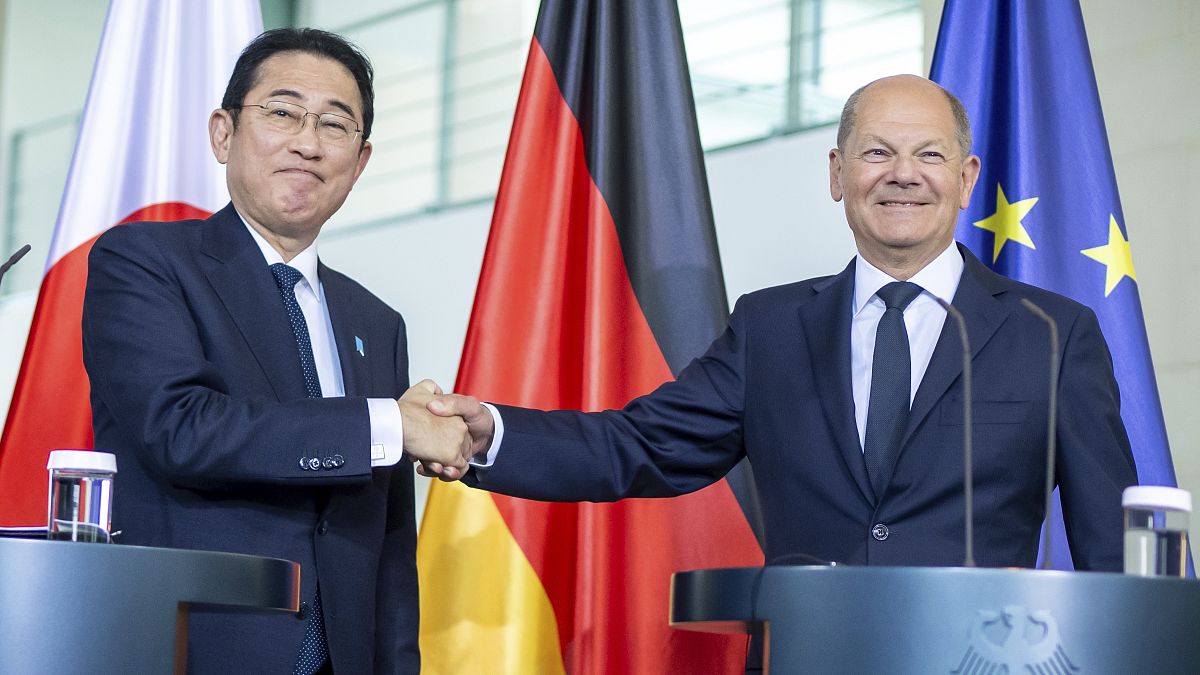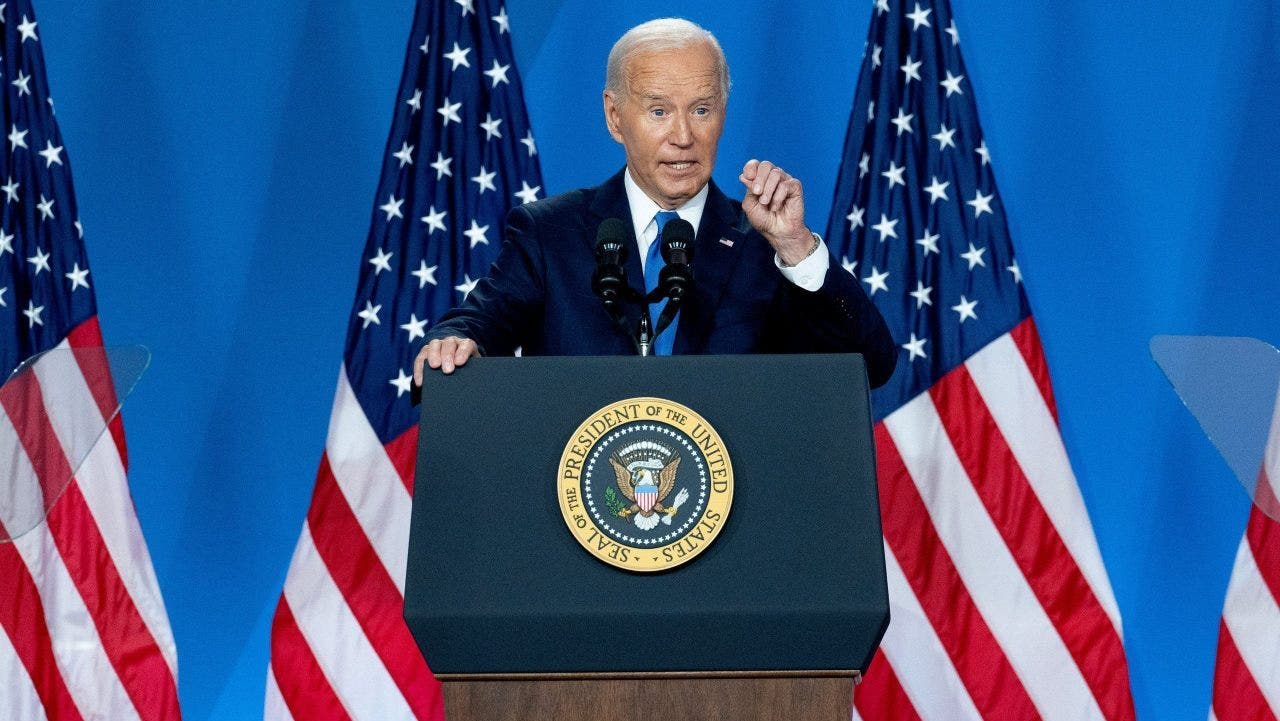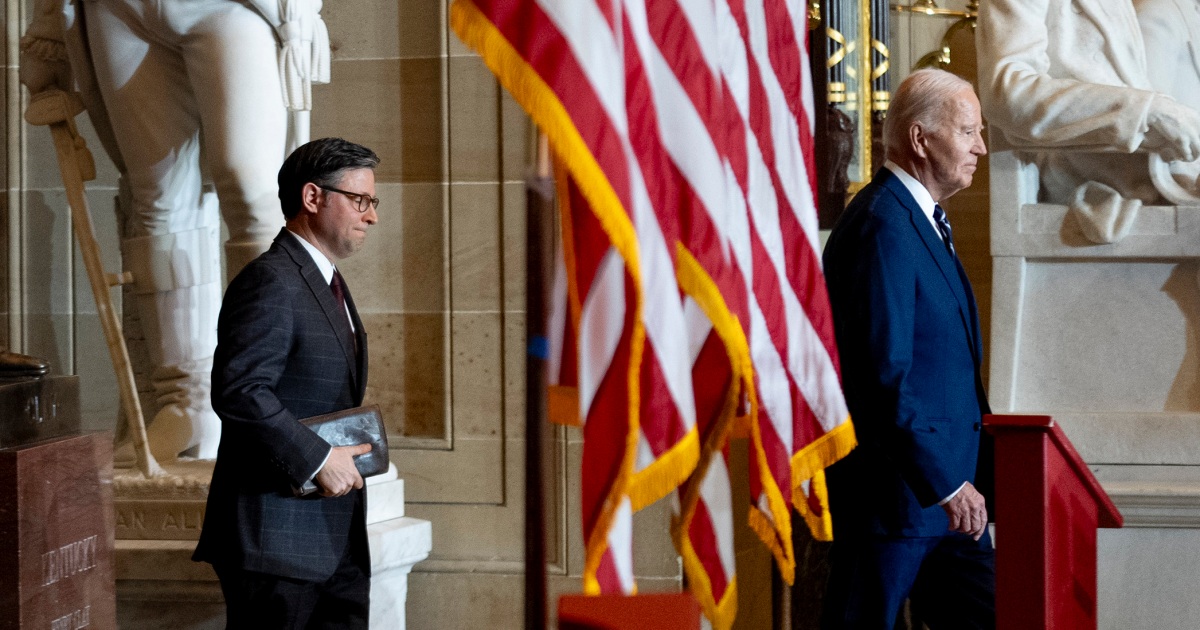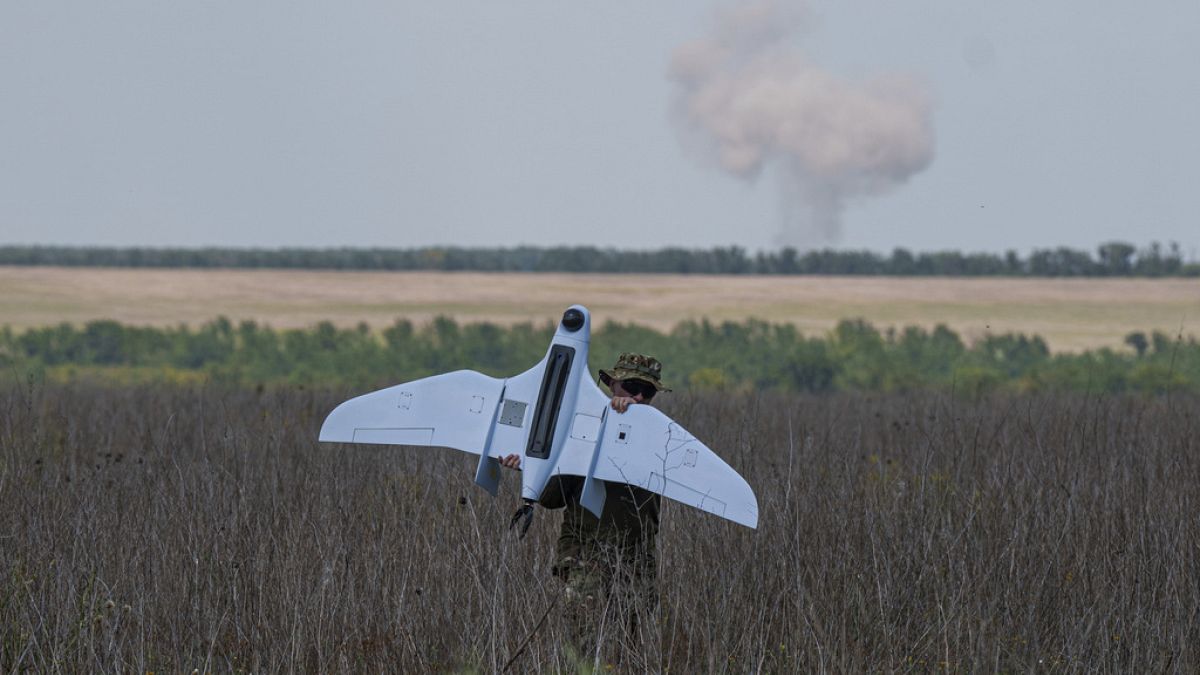North Dakota
Example code of conduct, potential policy changes reviewed by Grand Forks council members

GRAND FORKS – An example code of conduct for the citizen comment portion at City Council meetings was presented to council members Monday.
Discussions on citizen comment policies have been ongoing during council meetings in recent weeks.
The example code of conduct outlines decorum at meetings along with addressing the council. The example policies state that:
- Audience members will refrain from disruptive behavior, including making loud noises, clapping, shouting, booing, hissing, interrupting council members or other members of the public or engaging in any other activity that disturbs, disrupts or impedes the orderly conduct of the meeting.
- Audience members will refrain from creating, provoking or participating in any type of disturbance involving unwelcome physical contact or verbal abuse.
- Audience members will silence and refrain from using mobile phones and/or pagers while the meeting is in session.
- People wanting to address the council on an item not on the council agenda as included in the notice of public meeting can do so by filling out a comment card prior to the start of the council meeting. Upon review of the proposed comments, the council president may, at his or her discretion, add the public comment to the agenda for the council meeting and distribute the proposed questions or comments to the members of the council.
- In exercising discretion to permit public comment, the council president will consider the expected duration of the meeting; number of agenda items to be addressed; the number of speaker requests received; relevance of the proposed subject matter to the operations of Grand Forks; timeliness of the subject matter of the request (whether the request concerns an issue that the council has already decided upon or is to be addressed by the council at a future date); and whether the subject matter of the request is within the council’s authority to address.
Any behavior that violates the code of conduct would result in removal from the meeting.
City Council President Dana Sande said the drafted code of conduct example provided by council member Kyle Kvamme has “reasonable expectations” for the public along with council members and city staff.
While the code of conduct is currently worded specifically toward City Council meetings, Sande recommended amending the language to apply it for all public city meetings.
“Because I think the concept for being nice to people lies at all meetings, not just necessarily at the Grand Forks City Council meetings,” he said.
City Attorney Dan Gaustad said one concern about the example code of conduct that would need to be reevaluated is in regard to proposed council comments being up to the discretion of the council president.
Several areas of focus on council policies that were discussed at
last week’s Committee of the Whole
meeting were also revisited by council members. Those items include:
- Whether council comments should be moved from City Council meetings to Committee of the Whole meetings.
- Whether the five-minute time limit should be reevaluated.
- If the comment portion should be moved back to the end of meetings.
- If comments should be limited to Grand Forks residents and business owners only.
- If comments should be limited to items on the agenda.
- Whether an amendment should be made to citizen comment cards.
Council members provided their thoughts on each item, including whether they would vote in favor or against a policy change related to each one.
Council members agreed to keep the five-minute time limit and several agreed to keep council comments for City Council meetings. Council member Ken Vein voiced his continued support for council comments to be made at Committee of the Whole meetings in order to make more informed decisions on items based on public input.
“That’s something that I think is of value to me is the earlier we get feedback, the better,” he said.
City Council Vice President Bret Weber said he was at first compelled by the idea to move council comments to the Committee of the Whole meetings, but having comments at the City Council meetings — when Mayor Brandon Bochenski is present — is beneficial.
Other possible changes didn’t gain full support from council members, including who should be allowed to speak at meetings. While the idea of having comments open only for Grand Forks residents, property and business owners was proposed, council member Rebecca Osowski questioned whether that would keep Grand Forks Air Force Base personnel and residents of East Grand Forks from speaking at meetings.
Sande outlined his feelings on the idea.
“I do appreciate the folks at the Grand Forks Air Force Base and they absolutely are very important to our community and they should take the opportunities to talk to the mayor, talk to myself, make phone calls,” he said. “I don’t necessarily think that the folks at the Grand Forks Air Force Base should get a seat at our table for our city business. Likewise, East Grand Forks. … I think if we are going to try and limit it, I think we have to draw a line and I don’t believe it can be wishy-washy because that puts myself and the mayor or the other presiding officers in a very difficult position.”
Other proposed ideas include allowing people to talk about specific agenda items along with having a separate portion at the end of the meeting for general comments.
The concept of comment cards — and when those should be turned in by people wanting to speak — also was discussed. Current policy outlines that those who wish to speak at City Council meetings must submit a comment card — which includes their name, address and subject — before the council meetings start at 5:30 p.m.
During the citizen comment portion of Monday’s meeting earlier in the evening, Grand Forks resident Mona Leake said she would like to see that deadline eliminated.
“Basically, it’s really hard for people, especially some occupations who punch a clock, to get here,” she said. “And also you have young couples, families that have to pick up children in child care. They’re not going to make it here before 5:50 p.m. So you’re eliminating a large group of people with this 5:30 p.m. deadline.”
Leake also suggested the idea of having the council meeting start at a later time, such as 6 p.m.
Weber proposed the concept of not having a strict deadline to submit comment cards, but to accept those cards throughout the meeting.
The conversation and action on the council policies and code of conduct will return to a future council meeting.
In other news Monday, council members:
- Were presented with two variations of logo designs for Grand Forks’ 150th anniversary next year, otherwise known as the Sesquicentennial. The council also discussed potential ways to celebrate the 150th anniversary as well as when those celebrations should be held.
- Held a public hearing and approved an application for a five-year 100% Payment in Lieu of Taxes (also known as a PILOT) from Enclave Companies, which is proposing to build an approximate 100,000-square-foot industrial building named The Exchange. The property site is approximately 10.38 acres located on 36th Avenue South along I-29. The estimated value of the land is $850,000 and building improvements are estimated at $11 million.
- At a previous Jobs Development Authority meeting, JDA members authorized contracting with Tecta America Dakotas, LLC, to replace the roof at the Hybrid Innovation Venture Engine, the former Herald building. The quote was $224,302, which is the lowest of two quotes received.

North Dakota
Huskers add top recruit in North Dakota to 2025 class

LINCOLN, Neb. (KLKN) – Matt Rhule and the Nebraska football staff got commitment No. 17 in the 2025 class on Sunday, adding four-star defensive lineman Kade Pietrzak.
The highly sought-after recruit from West Fargo, North Dakota, is the No. 1 recruit in his state and chose Nebraska over Oklahoma, Kansas State and Wisconsin.
Pietrzak checks in at 6-foot-5, 240 pounds and has been on Rhule’s radar since he was hired at Nebraska.
He will join two other defensive linemen in the class of 2025: Omaha North’s Tyson Terry and Malcolm Simpson from Texas.
Pietrzak is the second-highest rated recruit for Nebraska in this year’s class so far behind Simpson.
COMMITED‼️@HuskerFootball @CoachMattRhule @Coach_Knighton @HuskerCoachTW
#GBR pic.twitter.com/SAXF1FOQ2J— Kade Pietrzak (@KadePietrzak) July 21, 2024
North Dakota
North Dakota Superintendent Helping Schools Develop AI Guidelines

North Dakota School Superintendent Kirsten Baesler announced new state guidance on artificial intelligence (AI) designed to assist local schools in developing their own AI policies and to help teachers and administrators work more efficiently.
A group of educators from North Dakota schools, the NDDPI, the Department of Career and Technical Education, and state information technology agencies created this guidance, which is available on the Department of Public Instruction’s website.
Baesler emphasized that implementing AI, like any instructional tool, requires careful planning and alignment with educational priorities, goals, and values.
She stressed that humans should always control AI usage and review its output for errors, following a Human-Technology-Human process. “We must emphasize keeping the main thing the main thing, and that is to prepare our young learners for their next challenges and goals,” Baesler said.
Steve Snow and Kelsie Seiler from the NDDPI Office of School Approval and Opportunity highlighted that the guidance was drawn from various state education agencies and technology websites, such as Code.org and TeachAI.org, with the process taking about eight months.
“We had a team that looked at guidance from other states, and we pulled pieces from different places and actually built guidance tailored for North Dakota students,” Snow said.
Seiler explained that AI excels at data analysis, predictive analytics, and automating repetitive tasks but lacks emotional intelligence, interdisciplinary research, and problem-solving abilities.
Snow added that AI can help teachers design lesson plans aligned with North Dakota’s academic content standards quickly and adjust them for students who need more support. AI can also simplify the development of personalized learning plans for students.
“You have so many resources (teachers) can use that are going to make your life so much easier,” Snow said. “I want the teachers, administration, and staff to get comfortable with using (AI), so they’re a little more comfortable when they talk to kids about it.”
Seiler noted that the NDDPI guidance is not a “how-to” manual for using AI but offers general suggestions on developing local policies to leverage AI effectively.
“Our guidance is meant to provide some tools to the school administration and say, ‘Here are some things to think about when you implement your own AI guidance,’” Snow said.
“For instance, do you have the infrastructure to support (AI)? Do you have a professional development plan so your teachers can understand it? Do you have governance in place that says what AI can and can’t be used for?”
8 Everyday Foods That Are Legal in Montana, Forbidden Elsewhere
These foods are easy to find on store shelves wherever you buy your groceries in Montana. However in other states they’re banned from the shelves!
Gallery Credit: Michelle Heart
Big List Of The Best French Fries In Montana
Gallery Credit: mwolfe
North Dakota
The most deadly time to drive is between Memorial Day and Labor Day

NORTH DAKOTA (KXNET) — The hundred-day span between Memorial Day and Labor Day is marked as the most deadly period on the road here in North Dakota.
According to the North Dakota Department of Transportation’s 2022 crash summary report, fatal crashes are twice as likely during this time.
That’s why North Dakota leaders are urging drivers to not fall into a “false sense of security” during the bright and cheery days of summer.
According to Travel and Leisure, North Dakota has been marked as the state with the most reckless drivers.
There’s a range of reasons for this from drunk driving to speeding. But another reason is that when the snow clears, North Dakota drivers are eager to get out more and drive faster than they would in the snow, according to the North Dakota Department of Transportation’s Highway Safety Division director.
And because North Dakota has some of the lowest citation fees in the nation, ranging from $5 to $100, the Highway Patrol’s safety and education officer says that drivers aren’t given enough deterrents to drive safely.
However, with growing concerns about safety, there could be talk of increasing citation amounts in coming legislative sessions.
-

 Politics1 week ago
Politics1 week agoTwo key states to see massive GOP voter registration operation
-

 World1 week ago
World1 week agoJapan, Germany agree to boost security cooperation in Pacific
-

 Politics1 week ago
Politics1 week agoBiden says 'anyway' at least 9 times while trailing off in press conference
-

 News1 week ago
News1 week agoWhy the next president's judicial appointments will impact climate action
-

 World1 week ago
World1 week agoMore than 60 people missing after two buses swept into river in Nepal
-

 News5 days ago
News5 days agoIn Milwaukee, Black Voters Struggle to Find a Home With Either Party
-

 World1 week ago
World1 week agoUkraine: shelling in Kherson leaves at least two people dead
-

 Politics1 week ago
Politics1 week agoRep. James Clyburn claims Biden is slowing physically but 'mentally' fit and 'one of the best minds' he's met














